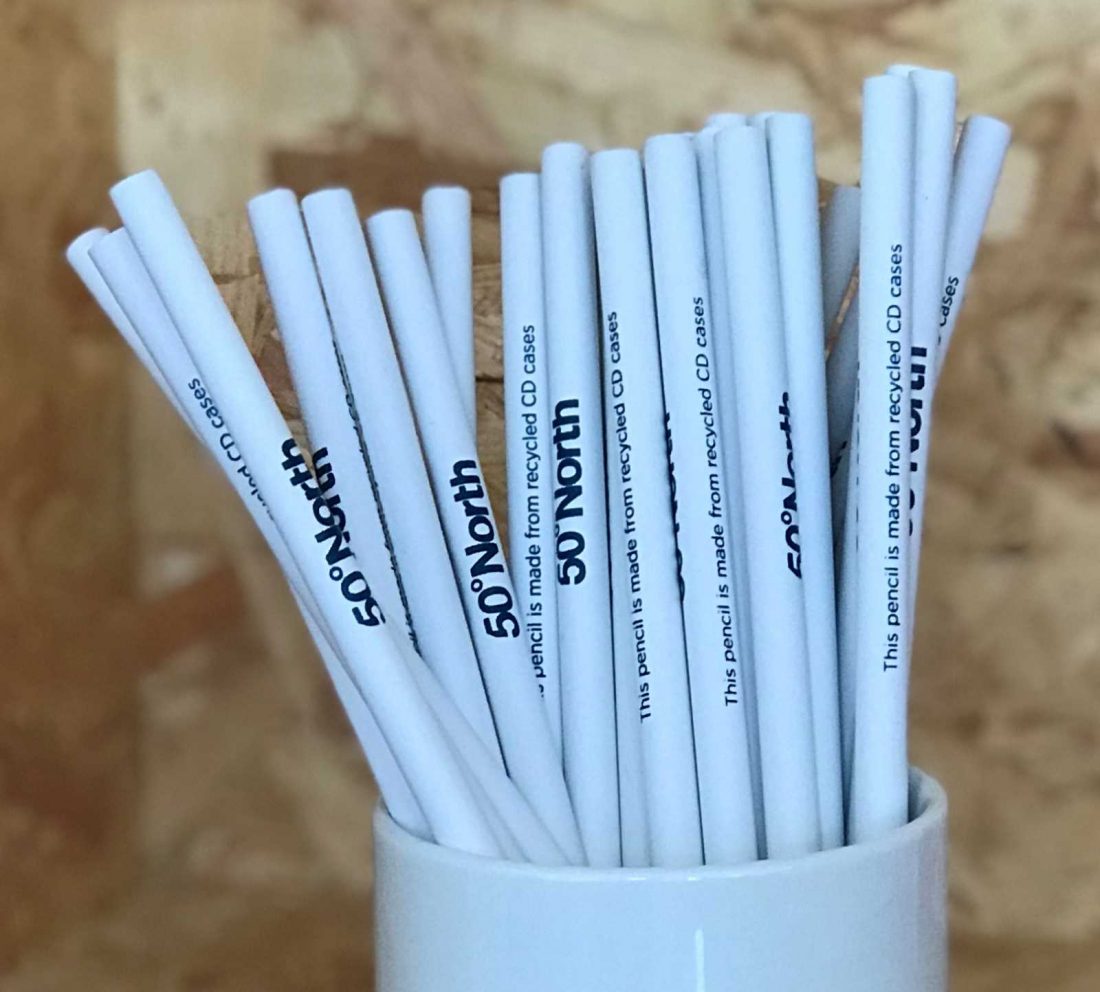Briefing your architect
Recently the types of enquiries we have been receiving has changed a little, the backdrop of Brexit, the housing market and peoples tastes and budgets are all playing a part. But crucially people still need to extend, renovate and space-plan their homes and potential new homes. The housing market is sluggish, good opportunities are hard to find but there are some very interesting projects around, we like interesting, we love ‘long-term plans’ for homes and we adore well thought out, expressive, personal and architecturally orientated briefs from clients who want to work with the various constraints every project has to create the WOW factor.
We have a process like most architects for developing a brief, we ask that new potential clients think about what is really important to them, what are the key reasons for the project and what the property (or new property they’re buying) is like and how it is situated. In those initial stages of talking to new or potential clients, we like to draw out what the key parameters of a project are, the ‘WHY’ of the project. We are laying the metaphorical foundations for the design. The brief, we have found, is an iterative, developing thing. There is no right or wrong brief, some briefs are limited and need more information, others are very specific, some are expansive or open-ended. Some focus on value, some on long-term flexibility and others on aesthetics. In subsequent posts, we will aim to expand in this journal post as we are really interested in ‘The Brief’ and how a great brief leads to great design.
As a start we ask that clients prepare some information ahead of meeting us, this information will be useful however a client proceeds and whoever they choose to work with. Estate agents plans and a brochure; past planning application drawings or neighbours drawings (from the planning pages of the local authority); a schedule of the spaces they’d like to achieve; budget; timings and some key elements the design must deliver are very good things to start a discussion with us. It’s completely fine to start a discussion with us with a series of questions, we will fill in the blanks and then the brief can be written with us. There is no right way but remember that Brief and Budget = Scope.



